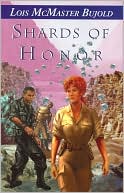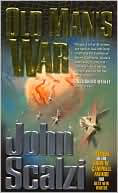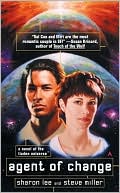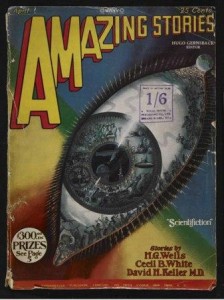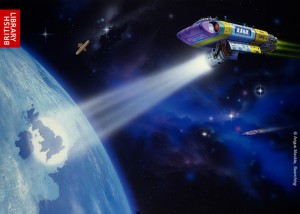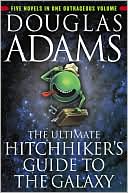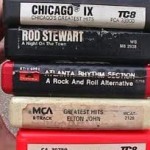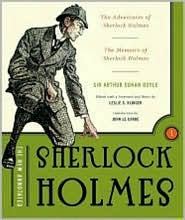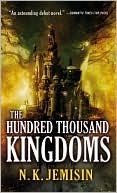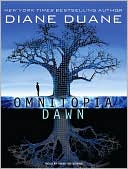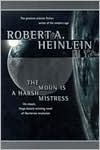 The Naked Truth is the second book in Lilly Cain’s Confederacy Treaty series from Carina Press. The opening book in this series is Alien Revealed.
The Naked Truth is the second book in Lilly Cain’s Confederacy Treaty series from Carina Press. The opening book in this series is Alien Revealed.
Captain Susan Branscombe of the Starforce Marines is cussing like a Marine in the opening of this book, and no wonder, she’s been tortured and she hopes she doesn’t survive, even though her captors’ ship is now being invaded by her very own Marines. But survive she does, only to be accused of selling out to her captors and committing treason.
But Earth has recently been contacted by an alien race, the Inarrii (read the first book in the series, Alien Revealed, for that story) and a treaty is being negotiated. The terrorists who tortured Branscombe were against alien contact. The Inarrii demand a full investigation under their control. And that’s where the story really begins.
The Inarrii communicate through mental telepathy in a way that involves intimate touch. But once the mental bonds are established, it is not possible for someone to lie through those bonds, either mentally or emotionally.
In order to preserve the treaty negotiations, the Inarrii need to know everything Captain Branscombe learned during her imprisonment. Not just whether she is a traitor, but also whether their enemies, the Raider alien races that they wish to thwart, may be involved with the terrorists. In order to be certain, the Inarrii Examiner, Asler Kiis, must examine the memories and the emotions of Captain Branscombe. What he discovers makes him yearn to heal her, body and soul.
Although I enjoyed the story, I kept wanting to know a little more about what made these two characters fall for each other. I liked them both, I just wasn’t quite sure why they’d been waiting for each other.
The Confederacy Treaty series is science fiction romance, and, in spite of the opening scenes of this entry, lighter on the plot, heavier on the romance side of that particular equation. If you’re interested in other science fiction romance titles, take a look at Romance with a touch of Rocket Fuel.


